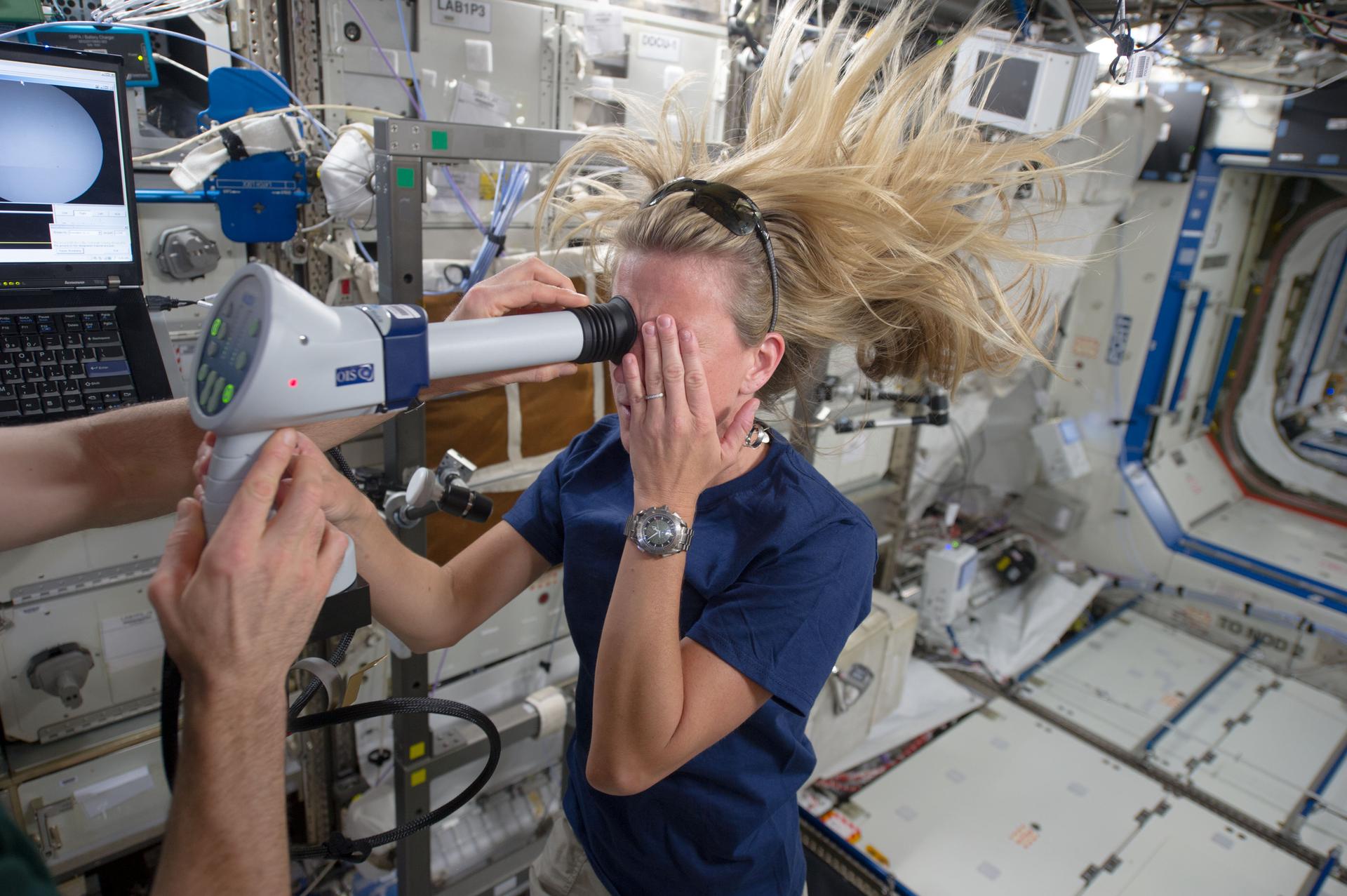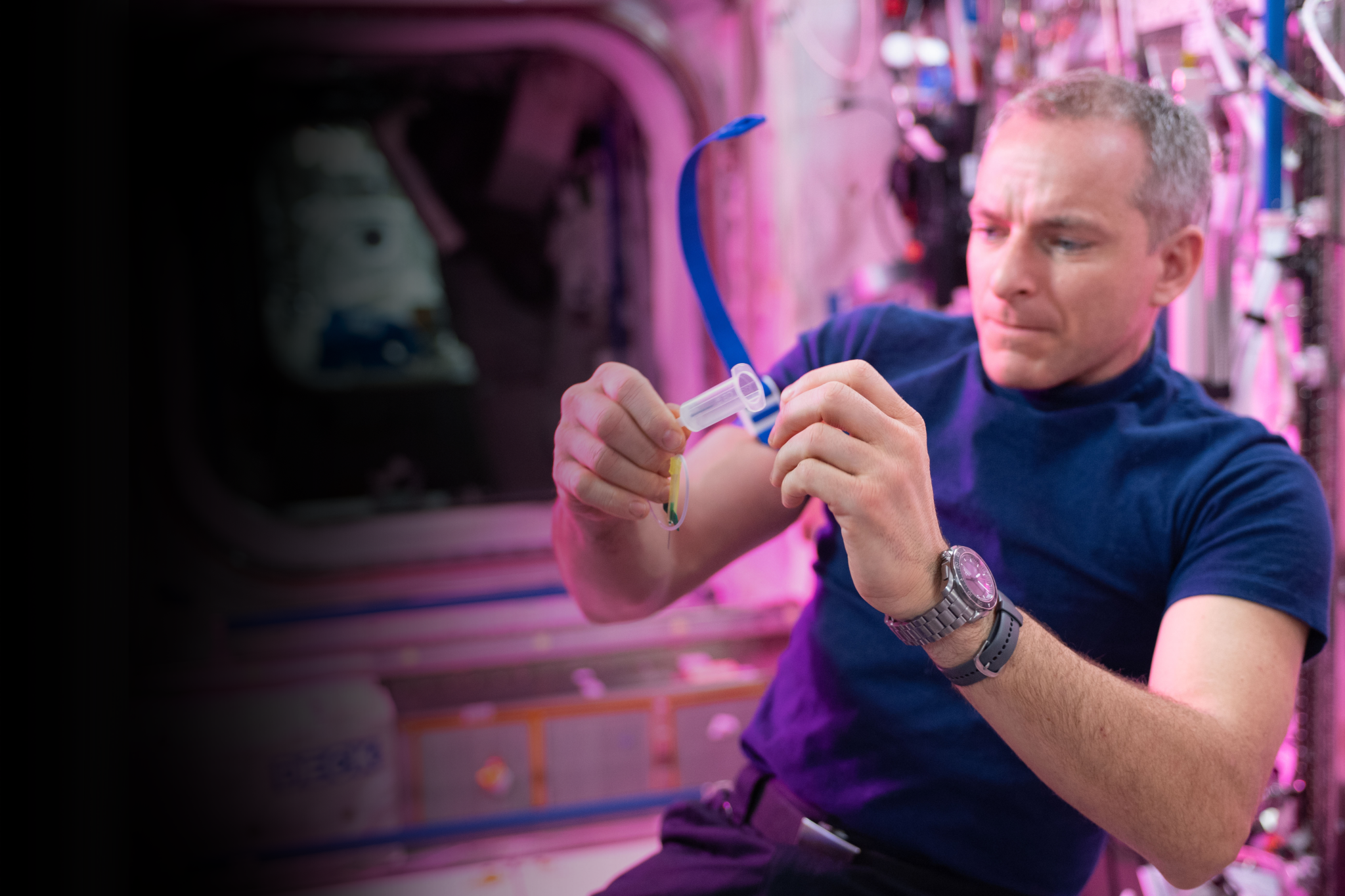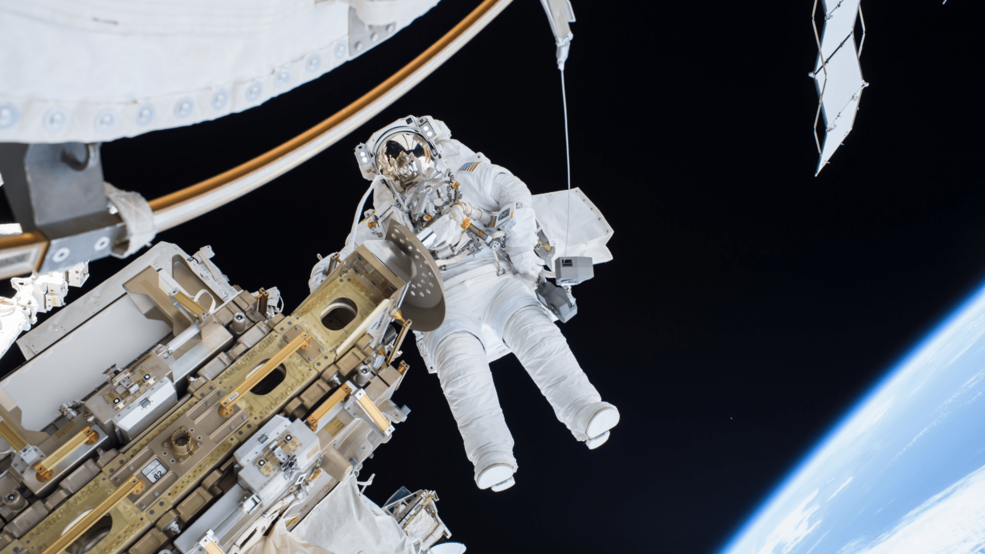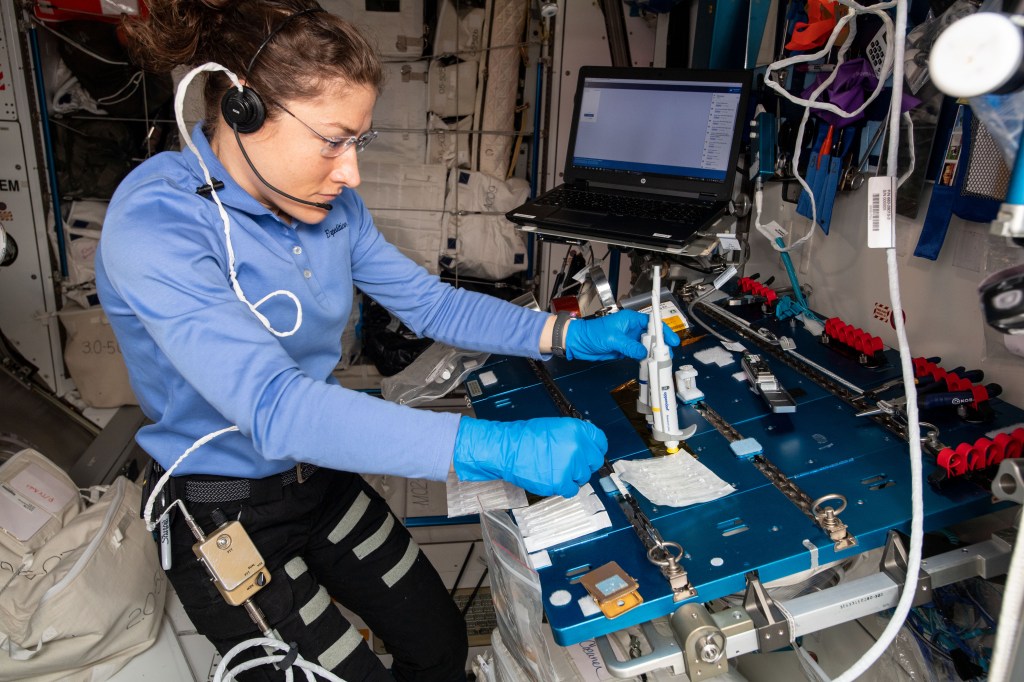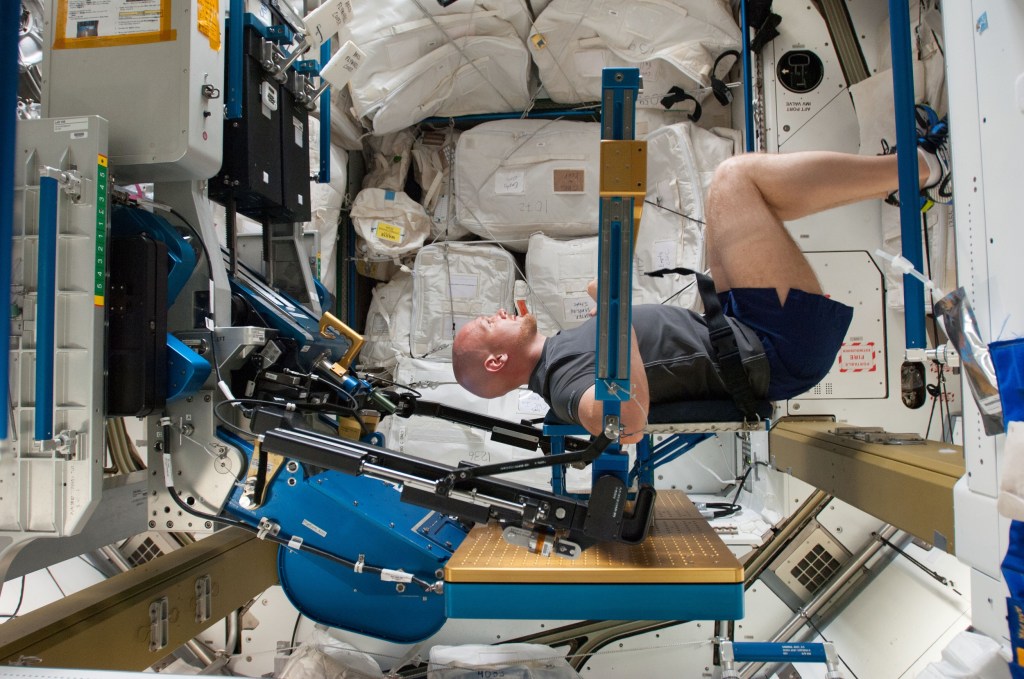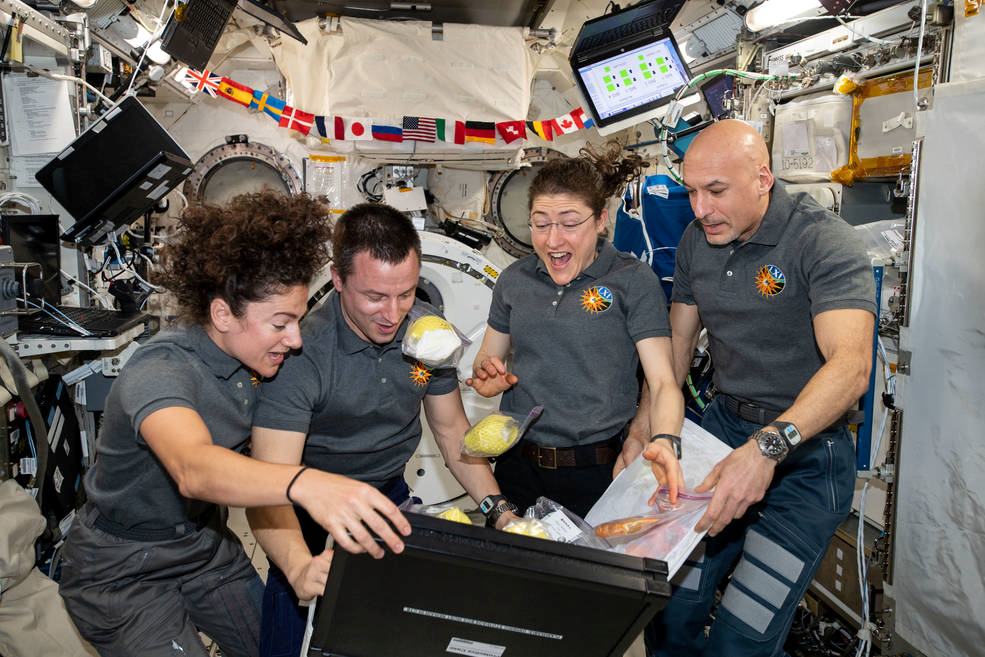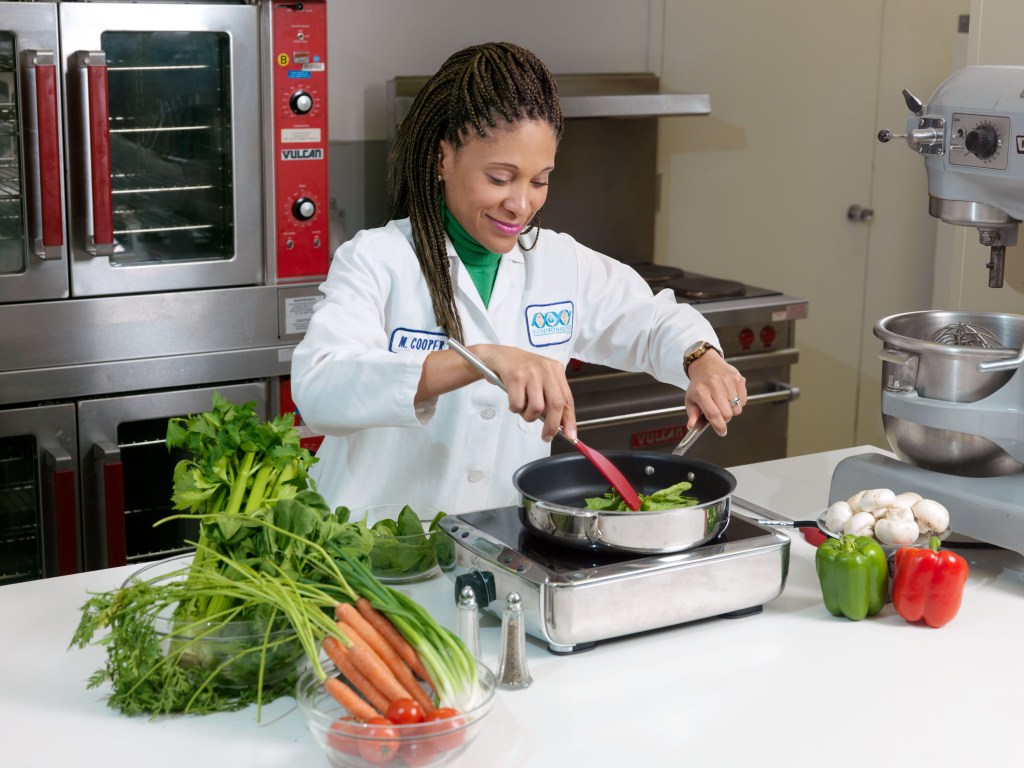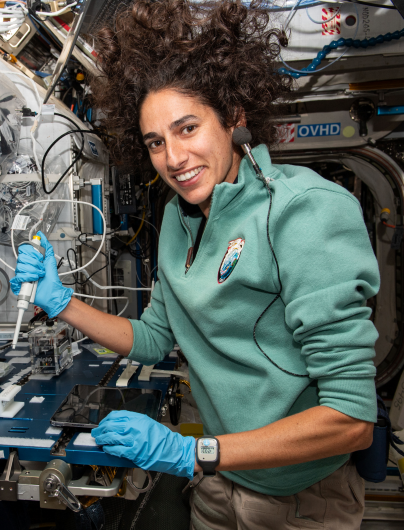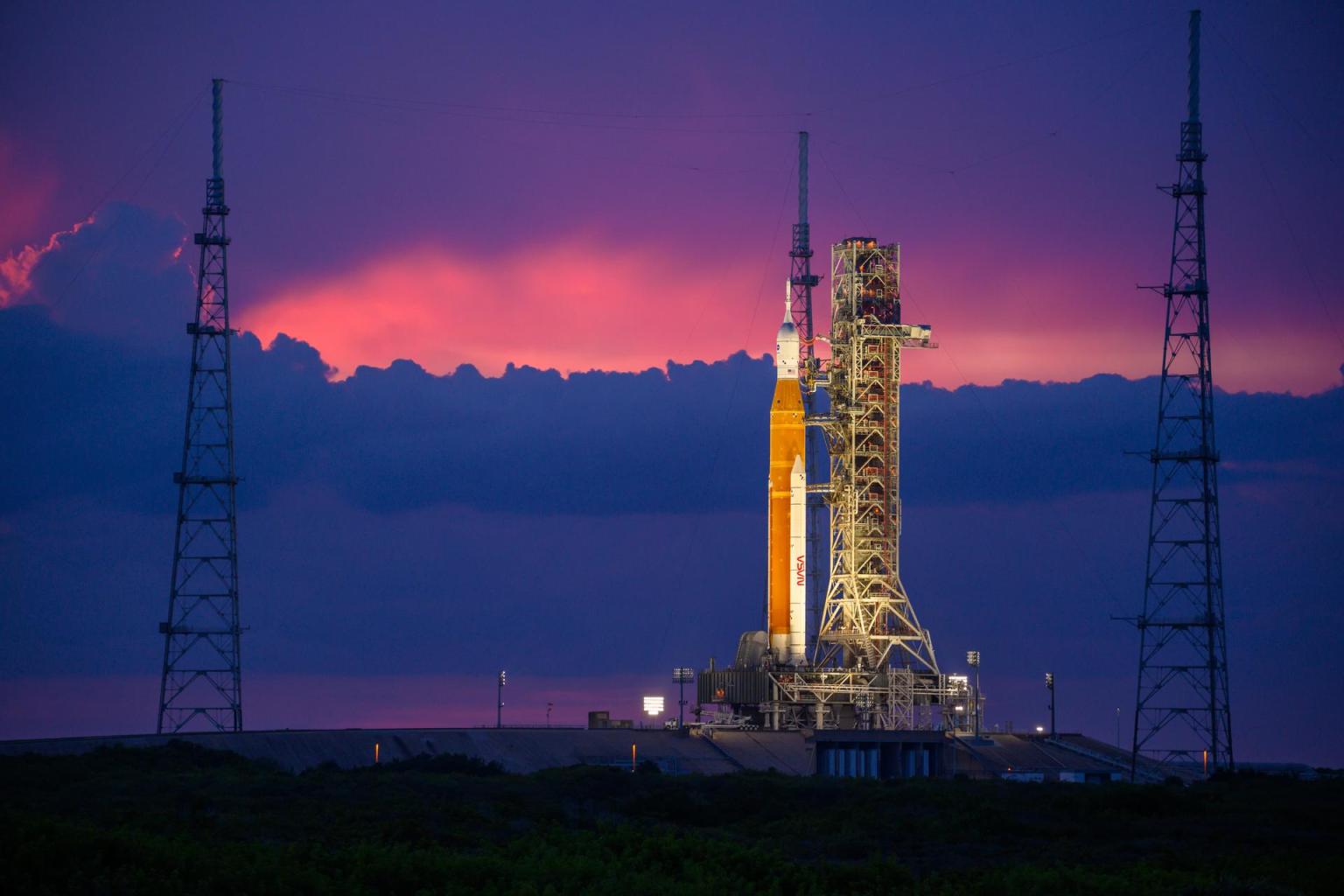Learn More About Human Space Travel Research
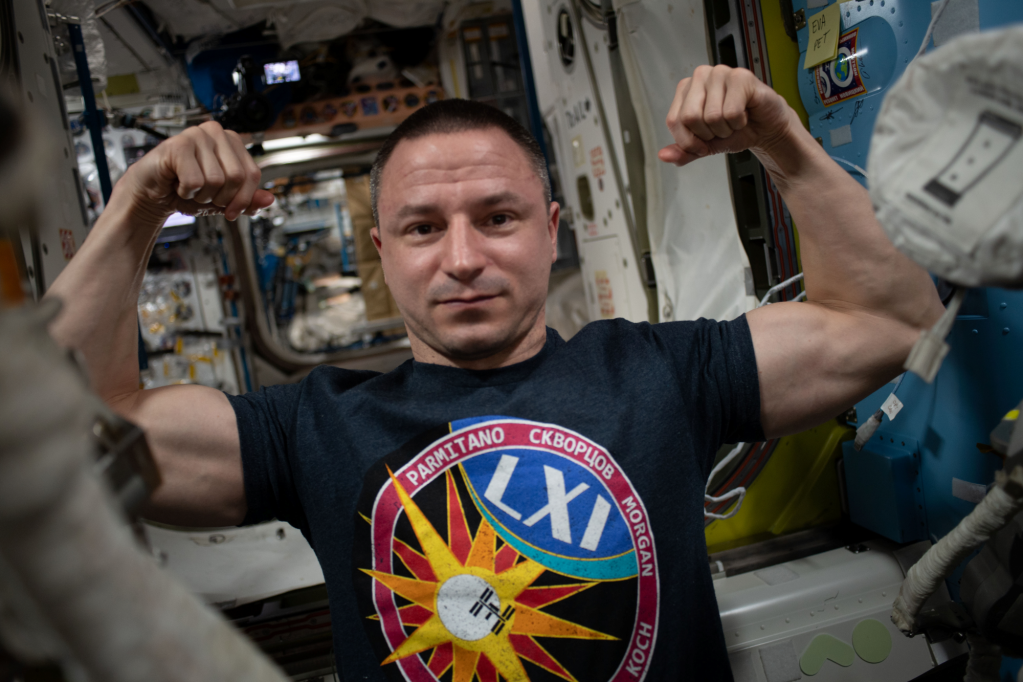
The Body in Space
Spaceflight affects bones, muscles, vision, and more. Learn about the changes humans may undergo during spaceflight, as well as the steps NASA takes to keep astronauts healthy and safe.
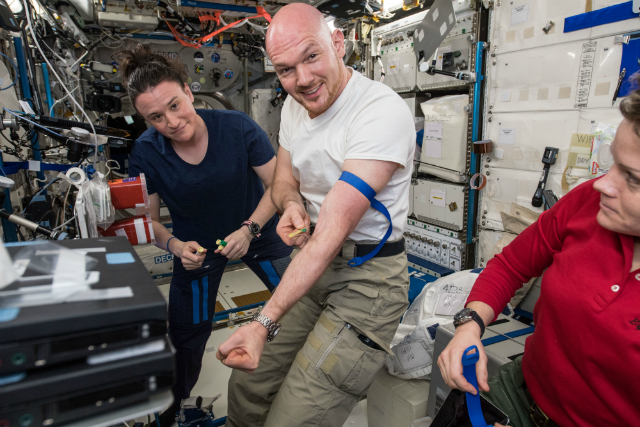
Research in Space
NASA seeks to understand how the human body changes while astronauts live and work on the space station. Learn how scientists work to maintain the health and well-being of crew members during and after their missions.
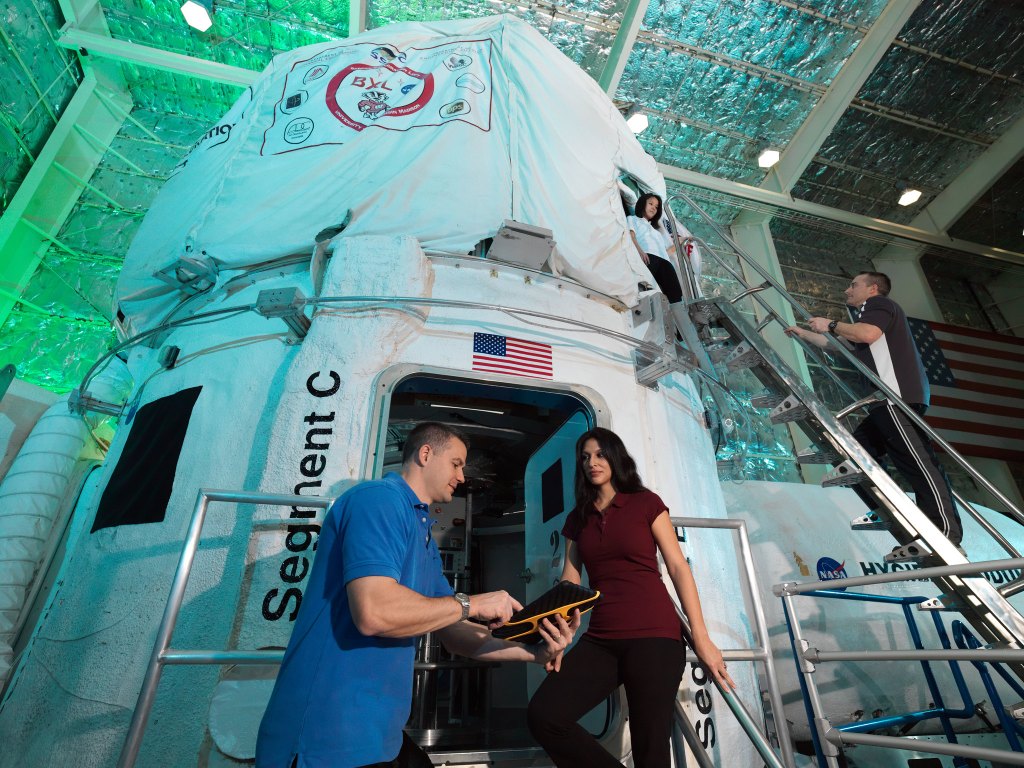
Research on Earth
NASA conducts Earth-bound simulations of life in space. Learn how scientists use such missions to study the way humans adapt to challenges astronauts may encounter on journeys to the Moon and Mars.
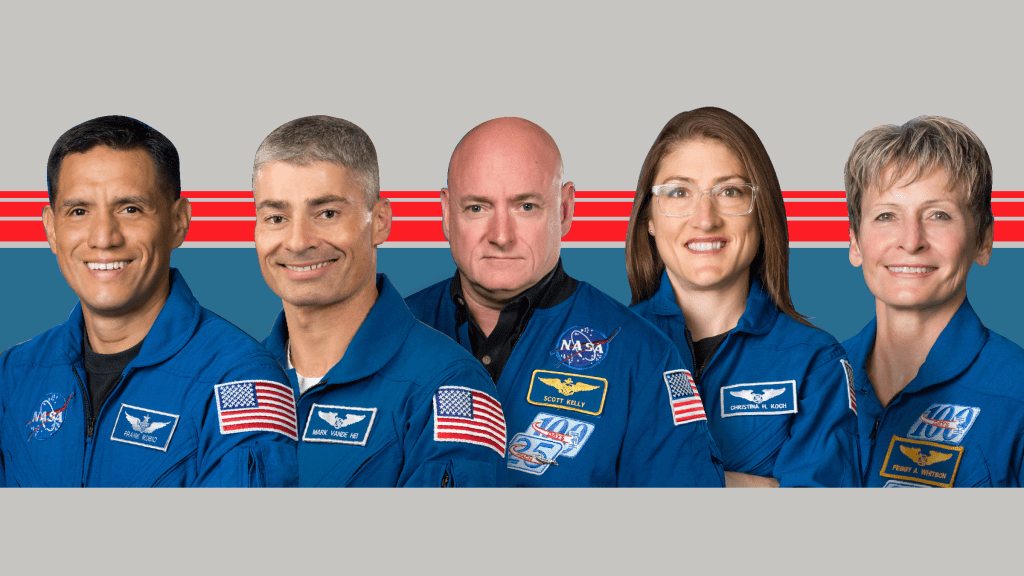
Extended Stays in Space
Frank Rubio, Mark Vande Hei, Scott Kelly, and others have spent an extended amount of time in space. Learn about the record-holders for the longest continuous spaceflights by U.S. astronauts.
Collaborate With Us
Are you developing innovative ways to keep astronauts healthy and mission-ready ? Partner with NASA’s Human Research Program (HRP)! Check out information on NSPIRES and internships, and explore our how-to guides for working with us.
Learn About Collaboration Opportunities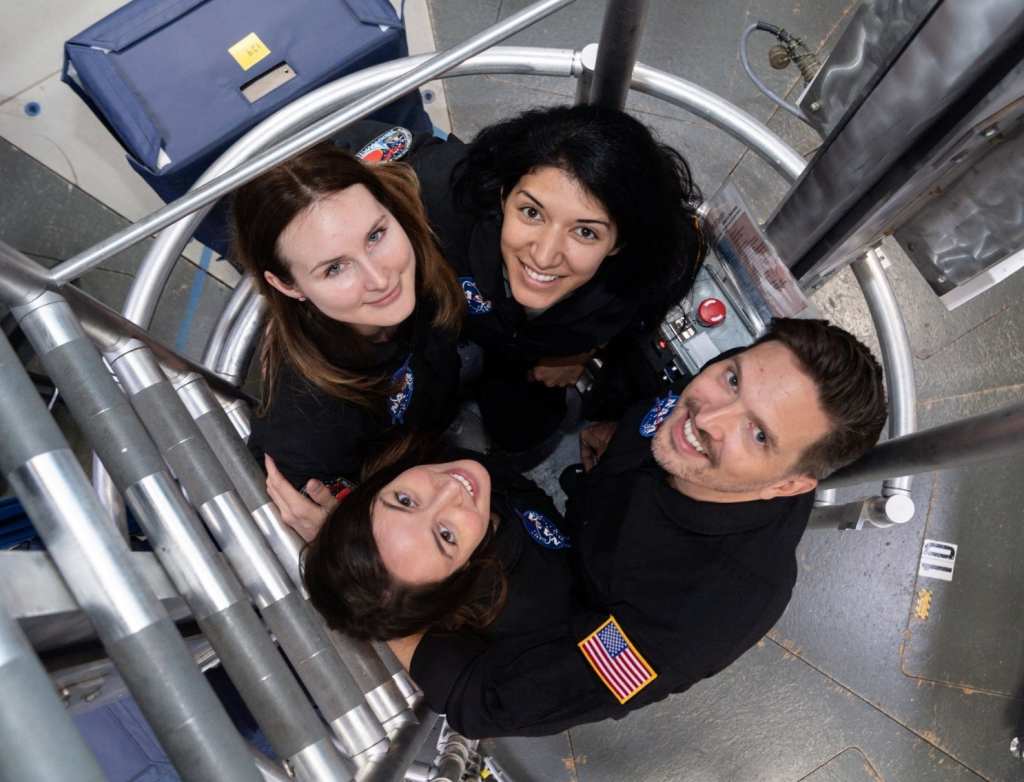
Staying Healthy in Space

NASA Harnesses US Navy Spinning Device to Simulate Spaceflight
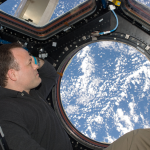
Isolation – What Can We Learn From the Experiences of NASA Astronauts?
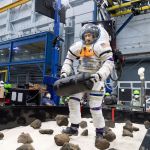
New Tests Evaluate Mission Readiness of Astronauts Upon Landing
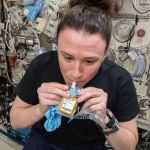
Scientists Probe How Long-Term Spaceflight Alters Immunity
Spacesuits
More than 50 years of NASA expertise is going into the design of modern spacesuits that will protect and support astronauts as they reach iconic heights during forays in low-Earth orbit, the Moon, and worlds beyond.
Learn About Spacesuits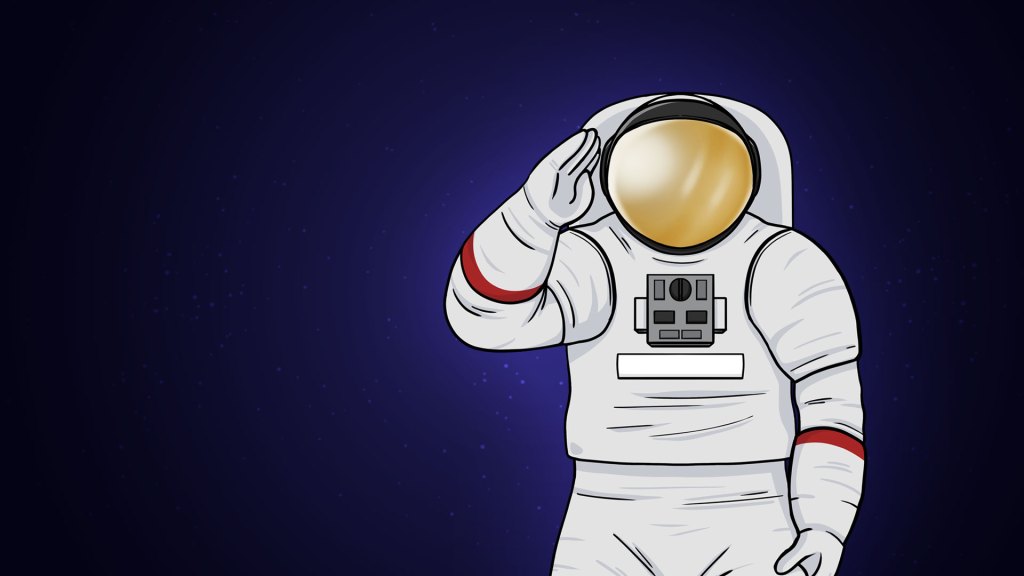
Top Five Technologies Needed for a Spacecraft to Survive Deep Space
When a spacecraft built for humans ventures into deep space, it requires an array of features to keep it and…
Read the Story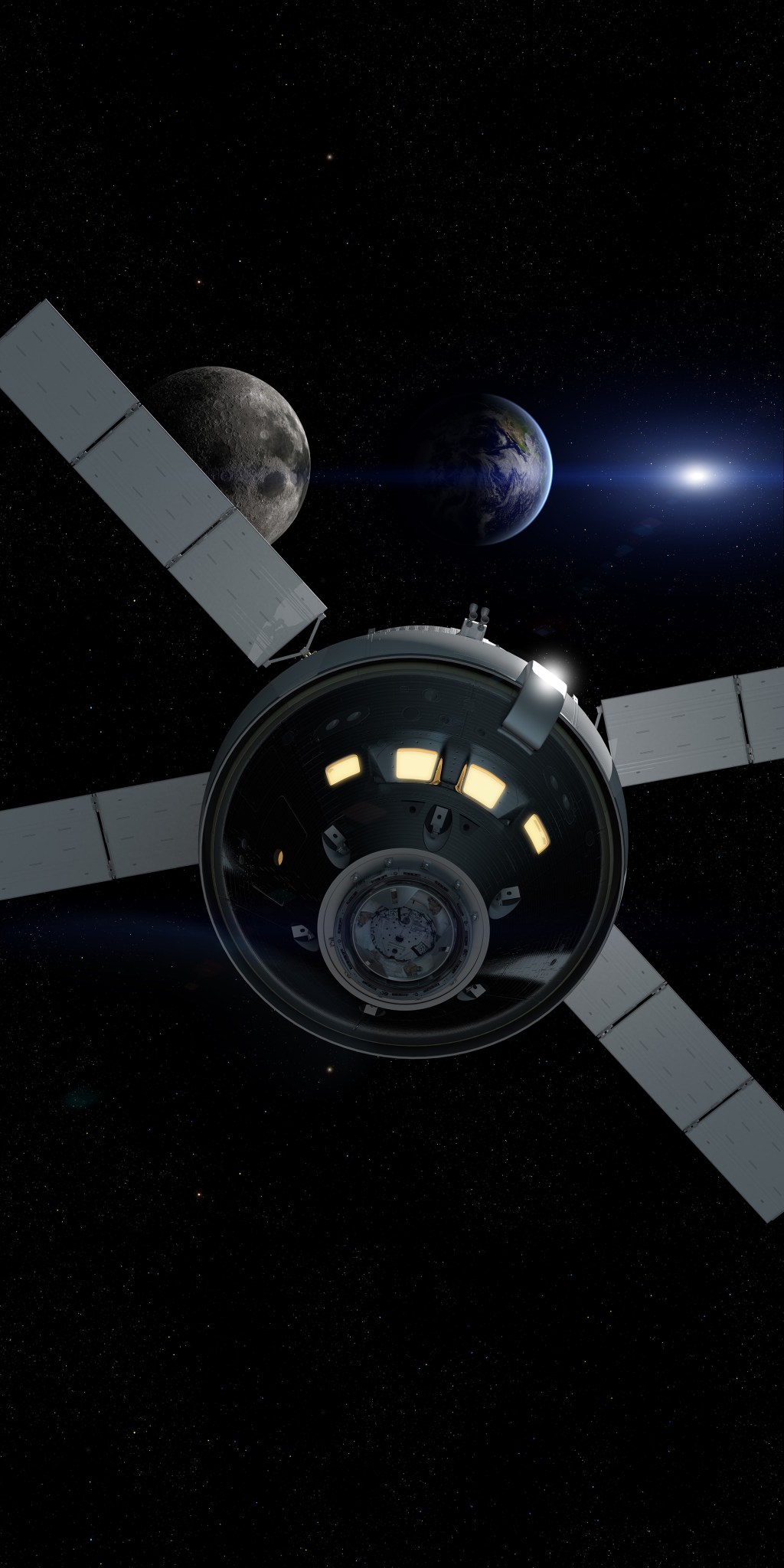
Food in Space
Astronauts require food that is nutritious, appetizing, long-lasting, easy to make, and more. We strive to continuously improve the quality of space food and to satisfy the dietary needs of crew members on increasingly longer and more distant spaceflight missions.
Space Simulations on Earth as a Research Tool
Take a peek into the lives of crew on a simulated mission to Mars. Confined inside NASA's Human Exploration Research Analog (HERA), these crew help researchers study how teams overcome isolation and confinement to accomplish mission-critical tasks.
Learn more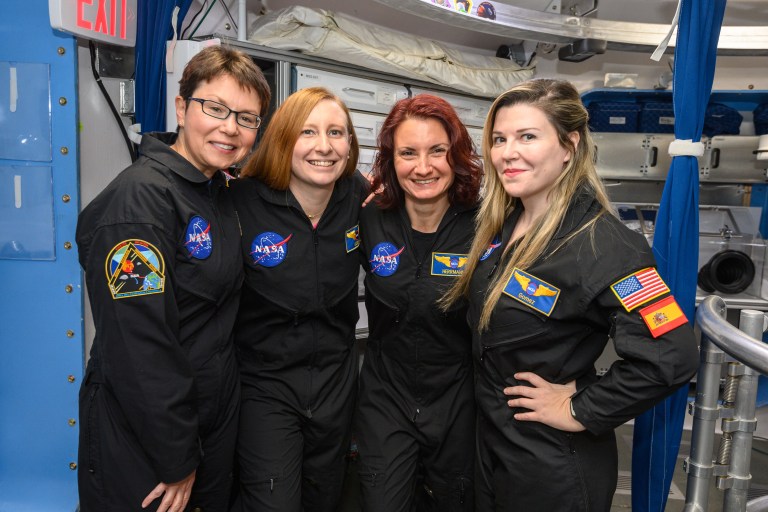
Benefits to Humanity
Space exploration unites the world to inspire the next generation, make ground-breaking discoveries, and create new opportunities.
Technologies and missions we develop for human spaceflight have thousands of applications on Earth, boosting the economy, creating new career paths, and advancing everyday technologies all around us.
Learn More about Benefits to Humanity